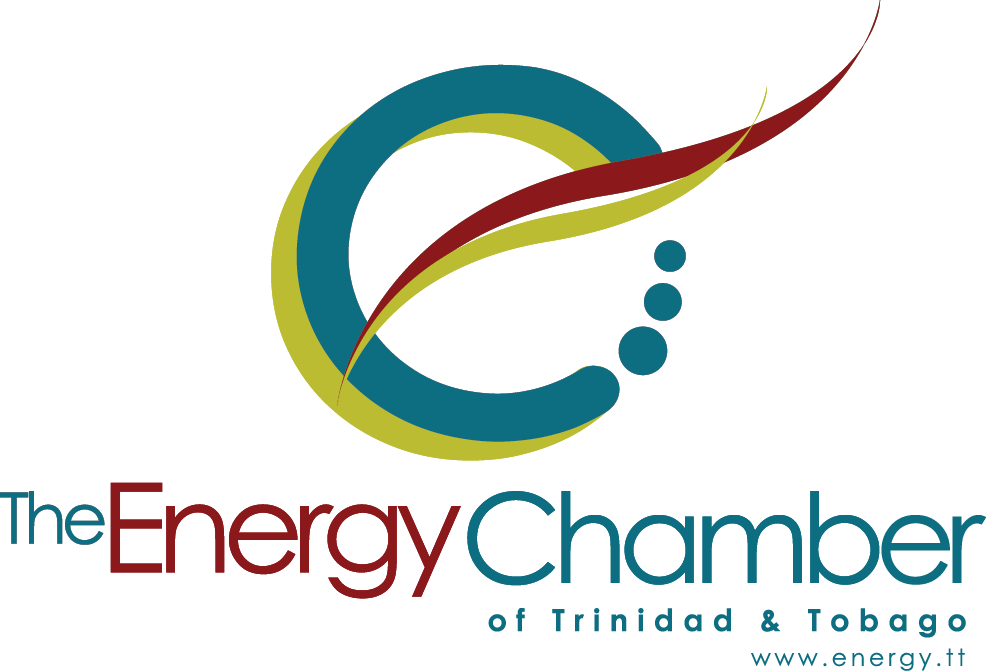2020 has been an exceedingly difficult year for the energy industry and in particular, for energy services contractors. Seventy-five per cent of respondents indicated that the value of their business was below normal in Q3 2020. Seventyfive per cent of those companies indicated that the decline was due largely to reduced demand for services, while 67% also indicated that there were fewer business opportunities during the time period. To a lesser extent, companies also identified a decrease in selling prices and loss of contracts as other reasons for the reduced business.
Companies also reported that the volume of business was also severely affected. Eighty-four per cent of respondents indicated that the volume of business was below normal.
The majority of companies indicated that they are less optimistic than they were in the last quarter. In fact, 78% of respondents indicated that they anticipate the value of business to be below normal in the next quarter as well.
With regard to employment, 47% indicated that the total number of staff decreased during the quarter, the majority of which appeared to come from temporary workers. Fifty per cent of respondents indicated reducing the number of temporary employees during the quarter while 67% indicated that there was no change in full-time employment. No respondents indicated that there was an increase in full-time staff during this time.
Capital expenditure (CAPEX) authorisations over the next quarter, according to the survey, suggest that most respondents are investing to increase efficiency and technology. In previous quarters, companies chose to invest more in trying to reach new customers.
The Energy Chamber's Energy Services Sectors Survey (ESSS) is a quarterly survey of energy services contractors which allows for such an assessment. Overall, a vibrant energy services sub-sector is integral to the overall health of the energy sector. The ESSS attempts to map the performance and optimism of our energy services sector members, providing data on their business confidence and on some of the phenomena which impact their operations and business prospects. The survey draws on information from survey participants, such as the level of confidence of service contractors and the value and volume of business in the current quarter, as well as what they project for the next quarter.


